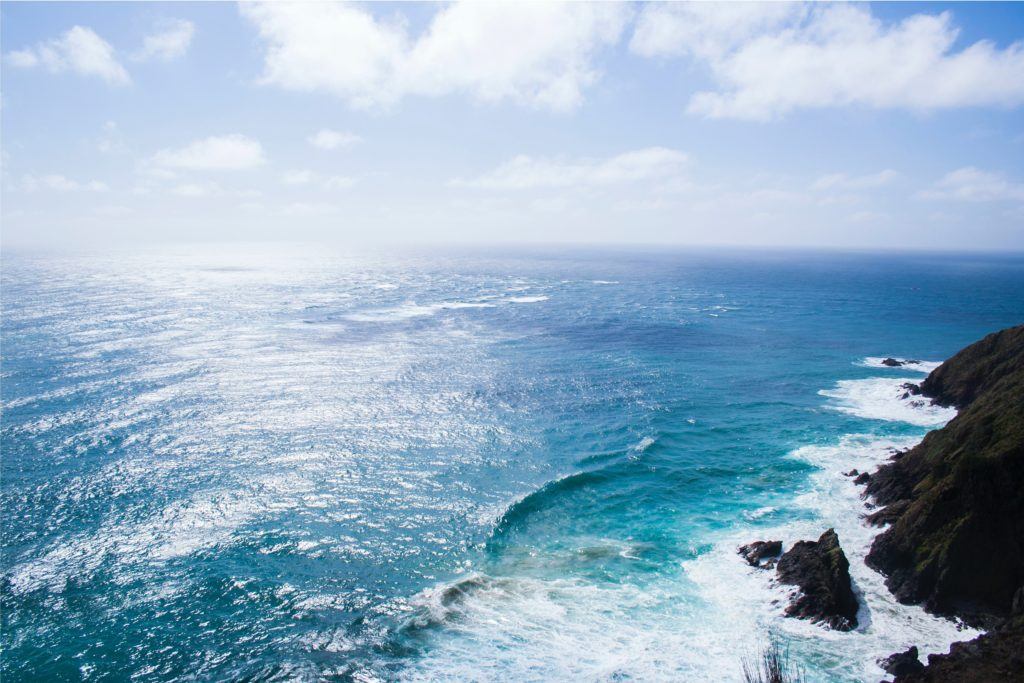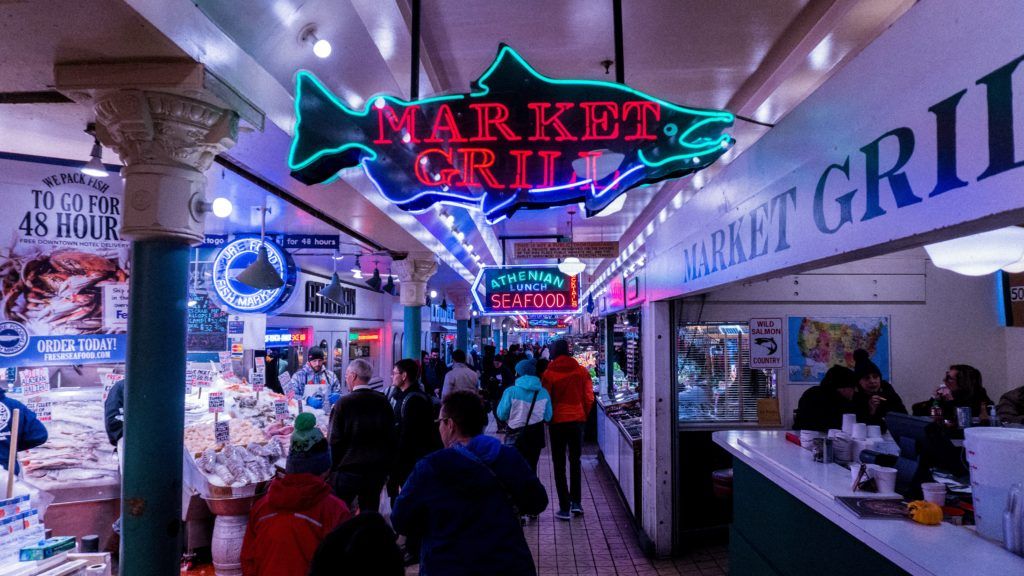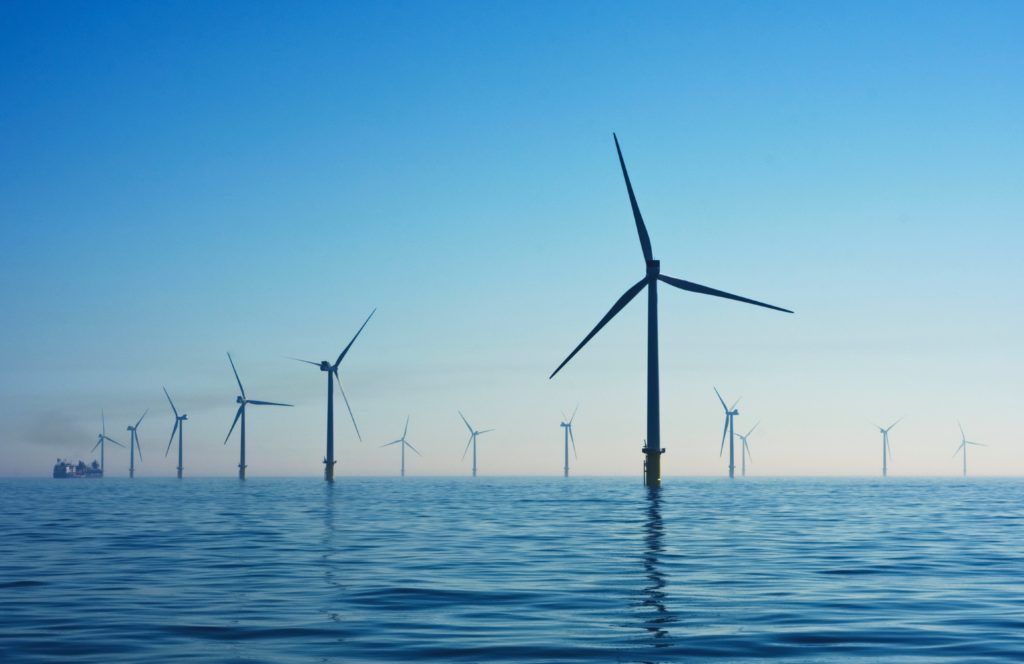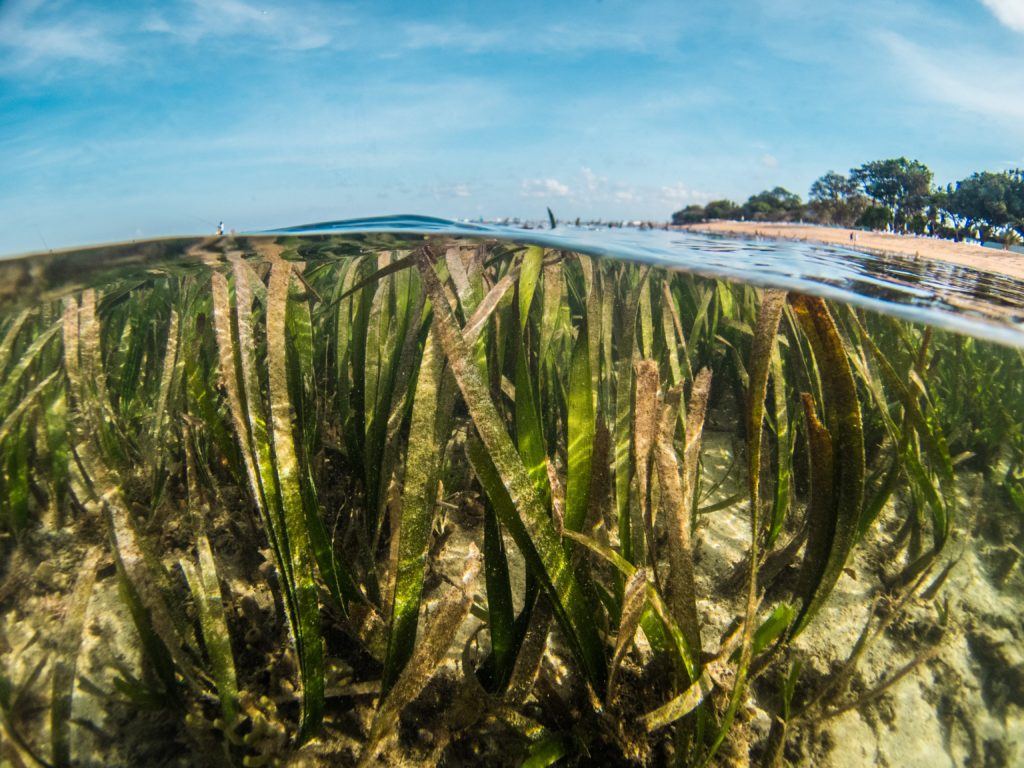Article
The Blue Economy Presents an Ocean of Opportunity

- Ports: “The economic activity of America’s seaports alone grew 17% from 2014-2018 to $5.4 trillion, comprising nearly 26% of the nation’s $20.5 trillion gross domestic product (GDP). And despite the challenges posed by the COVID-19 pandemic, American seaports are adding terminals and piers, and demand for maritime commerce is expected to triple by 2030.”
- Tourism: “Coastal, least developed countries and small island developing states receive more than 41 million visitors per year”
- Food: “The global seafood market reached a value of 159.31 billion U.S. dollars in 2019, and is projected to reach about 194 billion dollars by 2027.”
- Residences: “In the US, “coastlines are home to 40% of the US population, even though coastal areas account for less than 10% of the total land in the US [ . . . ] population density is over five time greater in coastal shoreline counties than the US average.”
- Aquaculture: “Marine fisheries contribute more than US $270 billion annually to global GDP”
- Transportation: “Over 80% of international goods are transported by sea, and the volume of seaborne trade is expected to double by 2030 and quadruple by 2050.”
What do the statistics above have in common? Water.

Millions of tourists visit islands a year, a massive financial boon for local economies—they depart from maritime ports, which also ship the goods they enjoy to their final destinations. Those same islands, and millions of residents who live in other coastal areas, face the ever-present threat of rising sea levels. The global seafood market and fisheries provide vital food sources to communities around the world and offer significant global and domestic economic value. Those same markets feel the burden of a demand that challenges supply, and without innovation, they risk falling behind. Sea-based transportation is booming and will continue to boom. Those same transports must consider their environmental impact, which affects all of the interconnected examples mentioned above.

These few examples are all connected to the economy of water. The World Bank defines the Blue Economy as “the sustainable use of ocean resources for economic growth, improved livelihoods, and jobs while preserving the health of ocean ecosystems.” Breaking it down, we can extract some of the key points we’ll talk about in this article:
- Sustainable use of resources
- Economic growth
- Improved livelihood
- Diversity of jobs
- Environmental impact
While a specific company or organization might be interested in one of those points, the bottom line is this: if you eat seafood, if you live near a body of water, if you enjoy vacations, if your business needs water to manufacture your product, or any number of other “ifs,” you should care about the Blue Economy. Everyone, regardless of their industry, takes part in the Blue Economy. There’s an economic case for the Blue Economy, period.
Why is Fresh interested in the Blue Economy? Why should you be?
As a strategy, design, software, and engineering consultancy, we see hundreds of potential touchpoints where we can provide value for our clients and partners seeking to better understand the market and tap into its value.
The business aspect of the Blue Economy makes sense
From the Department of Energy: “The U.S. Department of Energy (DOE) today announced $115 million for small businesses pursuing clean energy research and development (R&D) projects. The projects range from grid modernization and carbon removal to renewable energy and energy storage” [ . . . ] “Small businesses are the backbones of our communities and neighborhoods, making up 99% of all firms in the U.S. and creating two out of every three new jobs in the private sector.”
- For the ports we work with, which range in size and scale, pursuing clean energy is vital, and there are options to make operations more sustainable for everyone
- For our small business partners looking to pursue clean energy research or develop Blue Economy-related projects, there are resources available
- The U.S. DOE recognizes small businesses as a source of jobs and an integral part of the US economy; they’re interested in supporting business development
- We can use our understanding of the industry and our end-to-end services to help our clients and partners enter the fray and succeed
- Carbon offset and carbon avoidance credits offer a revenue-generating marketplace

Investment is changing and investors care about “non-financial factors”
From the CFA Institute: “ESG stands for Environmental, Social, and Governance. Investors are increasingly applying these non-financial factors as part of their analysis process to identify material risks and growth opportunities. ESG metrics are not commonly part of mandatory financial reporting, though companies are increasingly making disclosures in their annual report or in a standalone sustainability report. Numerous institutions, such as the Sustainability Accounting Standards Board (SASB), the Global Reporting Initiative (GRI), and the Task Force on Climate-related Financial Disclosures (TCFD) are working to form standards and define materiality to facilitate incorporation of these factors into the investment process.”
- For ports seeking capital investment, accounting for “non-financial factors” is vital, as they carry long-term ROI
- Not only is the US government interested in investing in Blue Economy-focused companies, but so are private investors. Sustainability and environmental preservation matter.
- Standards for data, equity, and a variety of other factors are arising––sustainability is also a key focus
- We can help clients account for the “non-financial factors,” identify areas of growth, and transition into what will inevitably be the future of doing business

An opportunity for short and long-term innovation
From Deloitte: “Companies can aim to improve their resource productivity (for example by increasing energy efficiency), thereby reducing their costs. [ . . .] climate change can spur innovation, inspiring new products and services which are less carbon intensive or which enable carbon reduction by others. [ . . . ] companies can enhance the resilience of their supply chains, for example by reducing reliance on price-volatile fossil fuels by shifting towards renewable energy. Together, these actions can foster competitiveness and unlock new market opportunities.”
- Ports have an amazing opportunity to transform now and in anticipation of the future. Ongoing digital transformation for ports will be a central part of this effort.
- Innovation is essential to thriving, rather than just surviving, or worse yet, becoming obsolete.
- Things like climate change and sustainability can (and should) be viewed as an opportunity rather than a roadblock. The ROI on mitigating environmental risk is high.
- We can help organizations understand how prevention yields significant ROI down the line, and how We can help organizations understand how prevention yields significant ROI down the line and how initiatives like prevention, sustainability, preservation, etc., are market opportunities rather than hindrances to progress and growth

In summary—for the ports we work with, the maritime startups we advise, and any other client who is impacted by water—we view the Blue Economy as an exciting opportunity to:
- Modernize and transform in light of a changing global landscape
- Procure additional funding for clients and partners looking to grow or expand
- Position clients and partners to innovate in the short- and long-term and realize value
And even more importantly, all of the factors mentioned directly benefit our clients and partners. A rising tide floats all boats.









